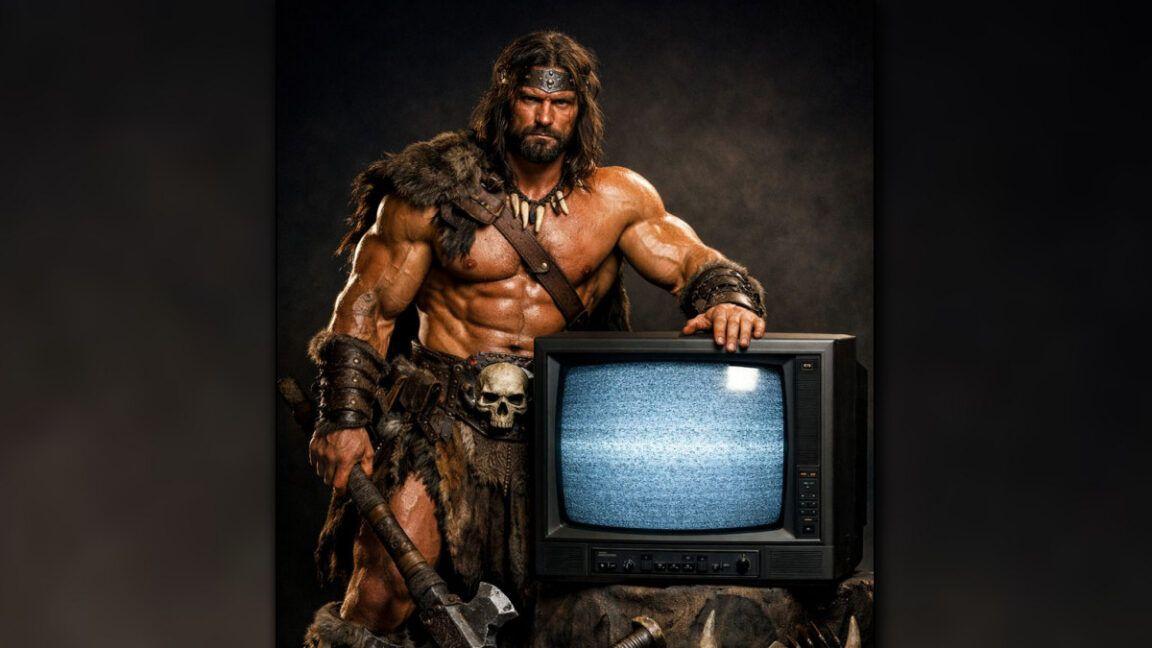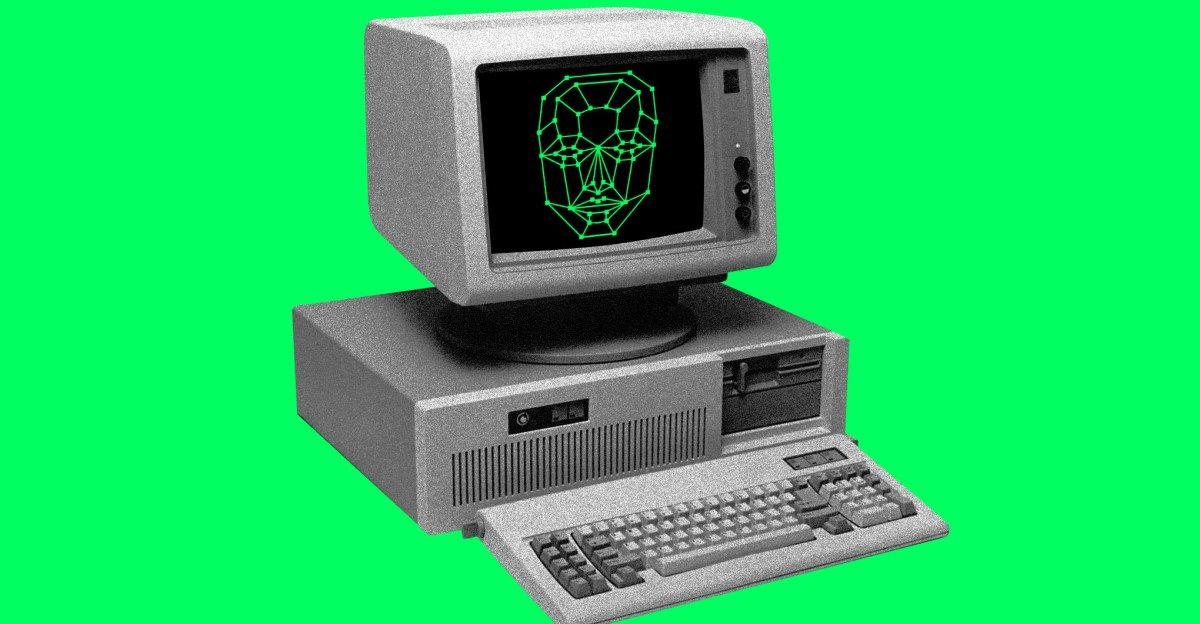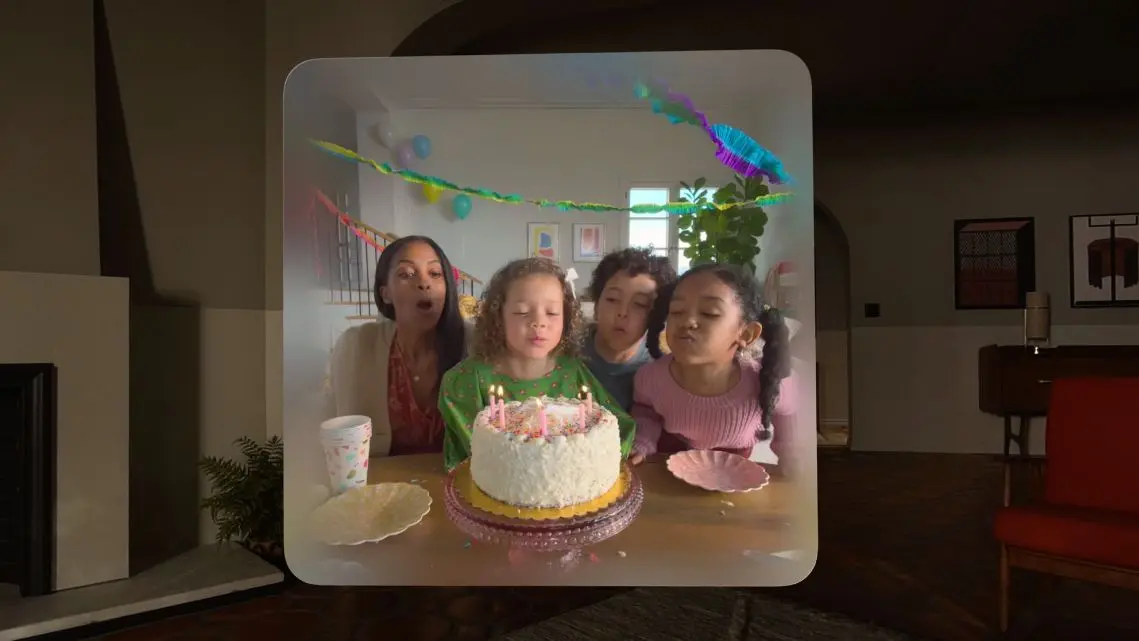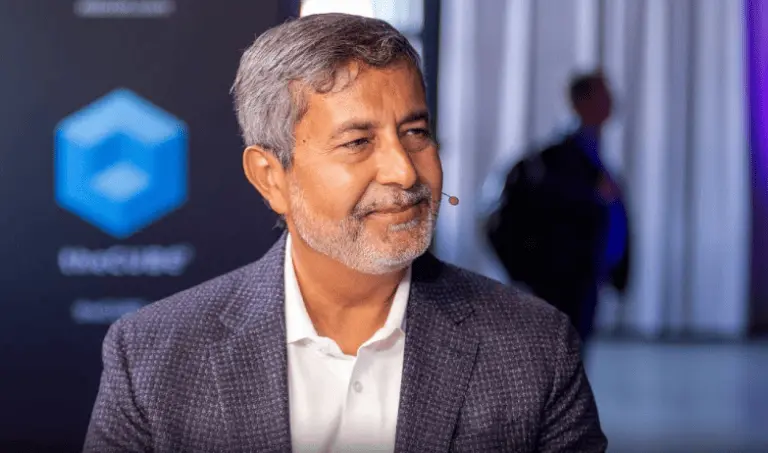AI Artist 'Botto' Generates Millions in Digital Art Sales, Challenging Traditional Notions of Creativity
3 Sources
3 Sources
[1]
AI 'artist' pulls in millions -- and may 'create more interesting...
The next artistic masterpiece may be more machine than man: An artificial intelligence design program called Botto has sold computerized works for megabucks and could revolutionize the creative space. Since its creation in 2021, Botto has created more than 150 works of various disciplines that have cumulatively raked in over $5 million at auction, CNBC reported. "The recent advancements in artificial intelligence, deep learning and data analysis make me confident that in the near future machine artists' will be able to create more interesting work than humans," one of Botto's creators, German artist Mario Klingemann, declared online. Co-creator Simon Hudson said Botto has two goals. "It's first to become recognized as an artist, and I think second is to become a successful artist," he told CNBC, noting that the latter could mean a "kind of deep impact on people" through commercial, financial, cultural and spiritual success. Like other Gen AI image programs such as DALL-E, Botto works off prompts -- but with a twist, according to Hudson. It was first given very loose guidance "and it started by combining random words, phrases, and symbols ... to produce images," he explained. Botto renders 70,000 randomized works weekly, with 350 presented to a "collective" of 5,000 people -- known as a "decentralized autonomous organization" -- who then vote on an image to sell. "With Botto, it strips away this myth of the lone genius artist and shows how artwork is really a collective ... meaning-making process," said Hudson. "And when you have a deluge of AI-generated content, that's going to be even more important of a process." Any member of the public may also vote on the works to proceed to auction. Hudson also explained that Botto's public appreciation has been a work in progress. In its early phases, two works listed between $13,000 and $15,000 did not sell at auction. However, according to CNBC, those same images went for $276,000 in October. "Certainly, Botto right now is a collaboration between machine and crowd," said Hudson. "The human hands are certainly there, but the setup is such that Botto has maintained the central role of authorship."
[2]
Meet Botto, the AI 'machine artist' making millions of dollars
Generative artificial intelligence is making huge waves across industries and services from finance to human resources and spending on the technology is growing fast. And the art world is no different -- some artists are using it to help generate work, and others are shocked by its capabilities. Now, a new AI "artist" is making a splash, bringing up central questions around the nature of art, its creation and ownership. Botto, described as a "decentralized autonomous artist" on its website, has produced around 150 images, or "works," which together have fetched more than $5 million via auctions since 2021. Botto's work is influenced by a group of people who vote on the image that will be auctioned each week, and in turn help to determine what it creates next. "If there's, kind of, a purpose of Botto, it's first to become recognized as an artist, and I think second is to become a successful artist," said Simon Hudson, Botto's operator and co-lead, in a video call with CNBC. "A successful artist, you can look at from a lot of different lenses: commercially successful, financially successful, culturally successful, spiritually successful -- if it's really having that kind of deep impact on people," he said.
[3]
This AI Artist Generates $5M Through Digital Art Auctions
In a groundbreaking development, Botto, an AI-powered artist, has successfully generated over $5 million through the auction of its digital artworks since 2021. This achievement marks a significant milestone in the intersection of technology and art. What Happened: Botto, a "decentralized autonomous artist," has been making waves in the art world. Developed by software collective ElevenYellow and German artist Mario Klingemann, Botto creates images based on algorithmic prompts, initially using random words and symbols. Each week, it generates approximately 70,000 images, presenting 350 to the BottoDAO community for voting, CNBC reported on Monday. The BottoDAO, comprising around 5,000 members, selects one image weekly to be sold on the SuperRare NFT platform. Voting is free, but purchasing Botto tokens grants additional voting points, increasing influence on Botto's creative output. Half of the auction proceeds are shared among voters, while the rest funds Botto's operations. Notably, Botto's value has soared, with two early images fetching $276,000 at a recent Sotheby's auction, despite initial reserve prices of $13,000 to $15,000. See Also: Elon Musk A Legendary Entrepreneur But Also A Bully, Says OpenAI CEO Sam Altman: 'Now It's Me, It's Been Bezos, Gates, Zuckerberg, Lots Of Other People' Klingemann predicts that AI will soon surpass human creativity in art, with Botto's success challenging traditional notions of authorship and emphasizing the collaborative nature of art creation. Why It Matters: The rise of AI-generated art has sparked significant debate within the art community. In February, a lawsuit highlighted concerns over the unauthorized use of copyrighted works by AI art generator companies, including Midjourney and Stability AI. This legal battle underscores the need for regulation in the rapidly evolving AI-generated art space. Additionally, artists have taken measures to protect their work from unauthorized AI usage. In January 2024, a tool called Nightshade was introduced, employing "data poisoning" to make copyrighted images irreproducible by AI image generators. This development highlights the ongoing tension between technological innovation and artistic integrity. Read Next: Apple Reportedly In Talks With Tencent, TikTok-Parent ByteDance To Roll Out AI Features In China Disclaimer: This content was partially produced with the help of Benzinga Neuro and was reviewed and published by Benzinga editors. Image via Shutterstock Market News and Data brought to you by Benzinga APIs
Share
Share
Copy Link
Botto, an AI-powered artist, has sold over $5 million worth of digital artworks since 2021, sparking debates about the future of AI in art creation and the nature of artistic authorship.

AI Artist 'Botto' Revolutionizes Digital Art Market
In a groundbreaking development at the intersection of artificial intelligence and art, an AI-powered artist named Botto has generated over $5 million through digital art auctions since its creation in 2021
1
. This achievement is challenging traditional notions of creativity and artistic authorship, while simultaneously opening up new possibilities in the realm of AI-generated content.The Mechanics of Botto's Artistic Process
Botto, described as a "decentralized autonomous artist," operates on a unique system that combines AI algorithms with human input. Each week, the AI generates approximately 70,000 randomized works, from which 350 are presented to a collective of about 5,000 people, known as a "decentralized autonomous organization" (DAO)
2
. This group votes on a single image to be sold at auction, effectively curating Botto's output.Simon Hudson, Botto's operator and co-lead, explains the AI's dual objectives: "It's first to become recognized as an artist, and I think second is to become a successful artist"
3
. This success is measured not just in financial terms, but also in cultural and spiritual impact.The Collaborative Nature of AI Art
Hudson emphasizes that Botto's creations are a collaboration between machine and crowd. "With Botto, it strips away this myth of the lone genius artist and shows how artwork is really a collective ... meaning-making process," he states
1
. This collaborative approach becomes increasingly significant as AI-generated content proliferates.Financial Success and Market Reception
Botto's financial success has been remarkable. Since 2021, it has created over 150 works across various disciplines, collectively earning more than $5 million at auction
1
. The market's appreciation for Botto's art has grown over time. Initially, two works listed between $13,000 and $15,000 failed to sell. However, these same images later fetched $276,000 at a Sotheby's auction in October2
3
.Implications for the Future of Art
German artist Mario Klingemann, one of Botto's creators, boldly predicts that AI will soon surpass human creativity in art. He states, "The recent advancements in artificial intelligence, deep learning and data analysis make me confident that in the near future machine artists will be able to create more interesting work than humans"
1
.Related Stories
Challenges and Controversies
The rise of AI-generated art has not been without controversy. Legal battles have emerged over the unauthorized use of copyrighted works by AI art generator companies
3
. In response, some artists have developed tools like Nightshade to protect their work from unauthorized AI usage through "data poisoning"3
.The Changing Landscape of Art Creation
As AI continues to make inroads into the creative space, it raises fundamental questions about the nature of art, creativity, and authorship. Botto's success demonstrates the potential for AI to not only assist in art creation but to take on a central role in the process. This shift challenges traditional paradigms and opens up new possibilities for collaboration between humans and machines in the artistic realm.
References
Summarized by
Navi
[1]
Related Stories
AI-Powered Robot Artist Ai-Da's Portrait of Alan Turing Sells for $1 Million at Sotheby's Auction
08 Nov 2024•Technology

Christie's Groundbreaking AI Art Auction Sparks Controversy and Debate
09 Feb 2025•Technology

Christie's AI Art Auction Sparks Controversy and Debate on the Future of Creativity
22 Feb 2025•Technology








